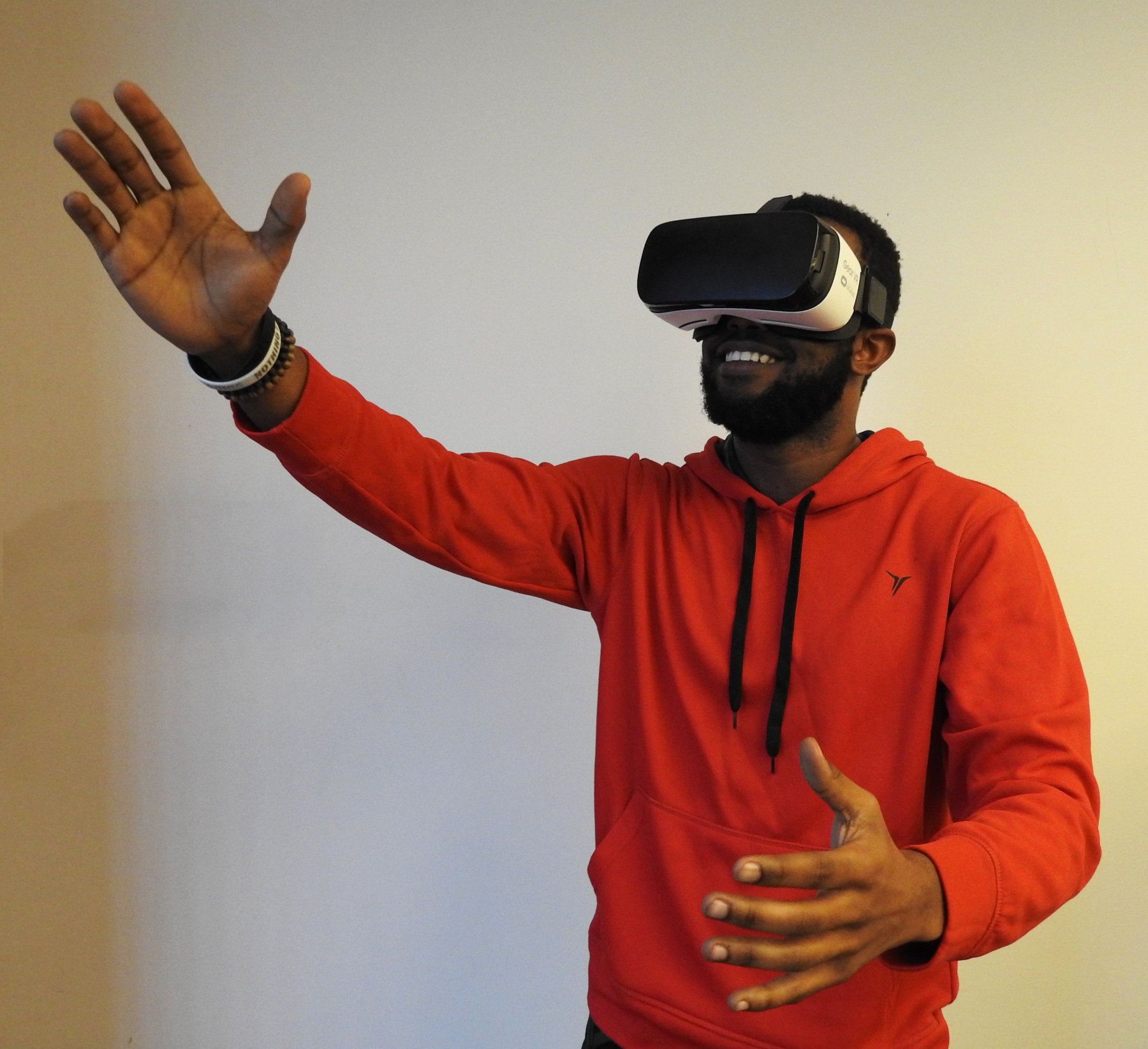Virtual Reality Games Take Aim at Trunk Control in Parkinson’s

Hammer & Tusk/Unsplash
A Virginia Commonwealth University (VCU) team is developing immersive virtual reality “games” to help those with movement disorders, including Parkinson’s disease.
Led by James S. Thomas, PhD, a physical therapy professor, the multidisciplinary science team at VCU’s Motor Control Lab in the College of Health Professions hope these games will aid people with poor trunk control due to orthopedic or neurological disorders with everyday movement.
“You feel like you’re playing a game, but what’s happening behind the scenes is that we’ve developed algorithms to tailor the game experience to the individual and encourage … better trunk control,” Thomas said in a VCU news article. “We’re trying to get you to move your body in a way that will help you maintain your quality of life, and hopefully get you moving better, so that you can enjoy more of life.”
Members of Power Over Parkinson’s, a Richmond, Virginia, foundation using exercise and wellness to mitigate Parkinson’s symptoms, recently tested these virtual reality games. One has users scoop “fish” that leap from water, and, every few seconds, rebuff an attacking shark. Another, a dodge ball game, shoots red balls at the player’s avatar, which the person has to blast out of the air.
Players wear a special headset that covers their eyes, and from a screen inside the device are immersed in a virtual world. They hold a controller in each hand to respond.
“The games are all designed to progressively challenge not only how much they move, but how fast they move,” Thomas said.
This effort is an outgrowth of a National Institutes of Health-funded clinical study at VCU, called Project VIGOR, that sought to determine whether virtual reality games could ease lower back pain. When researchers realized the potential to train trunk control, an issue in Parkinson’s, the single game evolved into a suite of targeted virtual reality game options.
“There is a lot of research to suggest that Parkinson’s medication is not really as effective for symptoms that impact your core and back muscles as they are on muscles that control your arm and leg motion,” Thomas said.
People with back pain as well as those with Parkinson’s tend to avoid trunk — or torso — movement, which can exacerbate either disorder.
“In movement disorders such as Parkinson’s disease, and other neurological and neurodegenerative disorders that have a movement pathology, trunk control is a critical feature that is associated with large declines in people’s loss of independence and function,” said Alexander Stamenkovic, PhD, a postdoctoral fellow in the Motor Control Lab and the VCU project’s lead investigator.
Plans for future iterations of the VR system aim for it to be more portable and to require no wired computer connection, with software integrated into the headset. Patients could use the games at their home, with or without the aid of a physical therapist.
”The idea is to have something where you’re motivated and engaged, and you can put this headset on and work out and exercise anytime,” said Thomas, who is working with others to hopefully bring the VR intervention to market.
Newer versions also intend to allow users to choose their level of game difficulty based on their abilities and state of Parkinson’s progression.
Scientists also hope to use artificial intelligence to discover how the user moves, and subsequently adapt the game to a patient’s capabilities. For example, depending on how the user stands, sits, or moves, a virtual dodgeball being thrown could accelerate, slow down, or change flight path.







